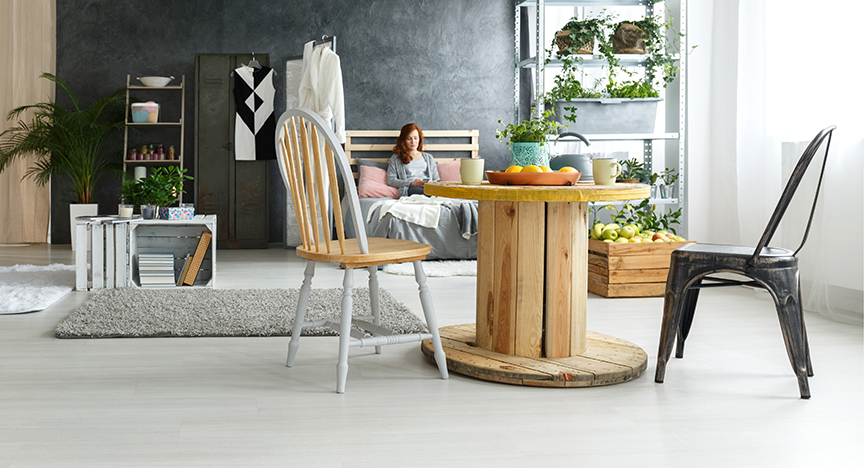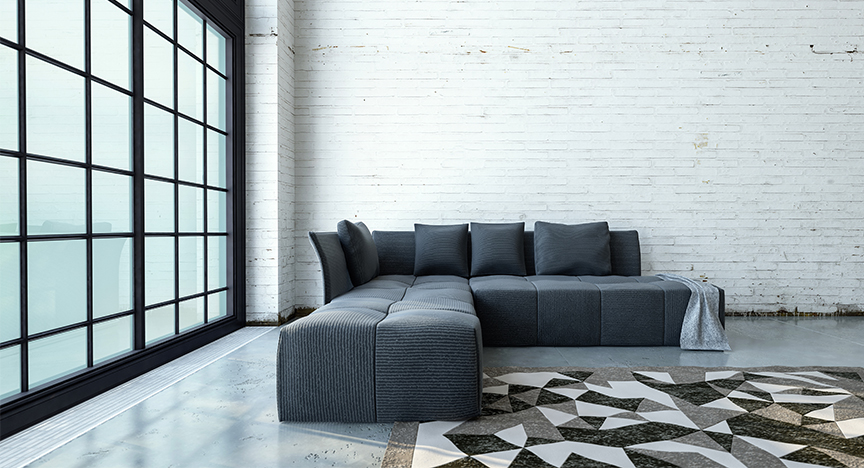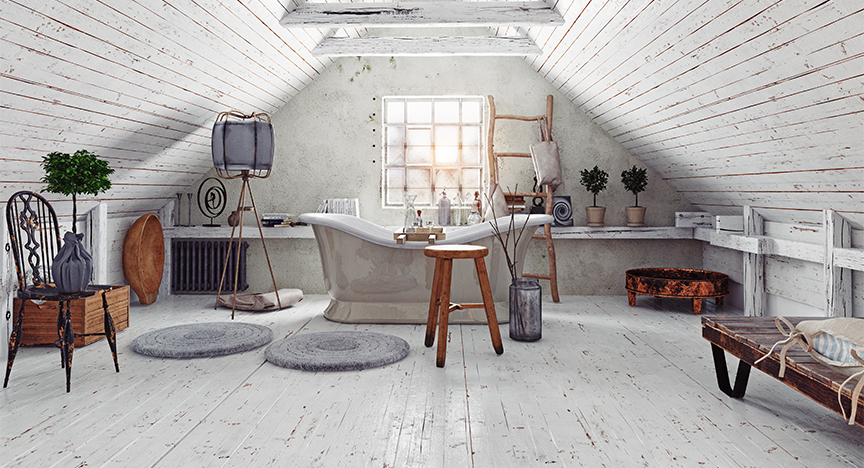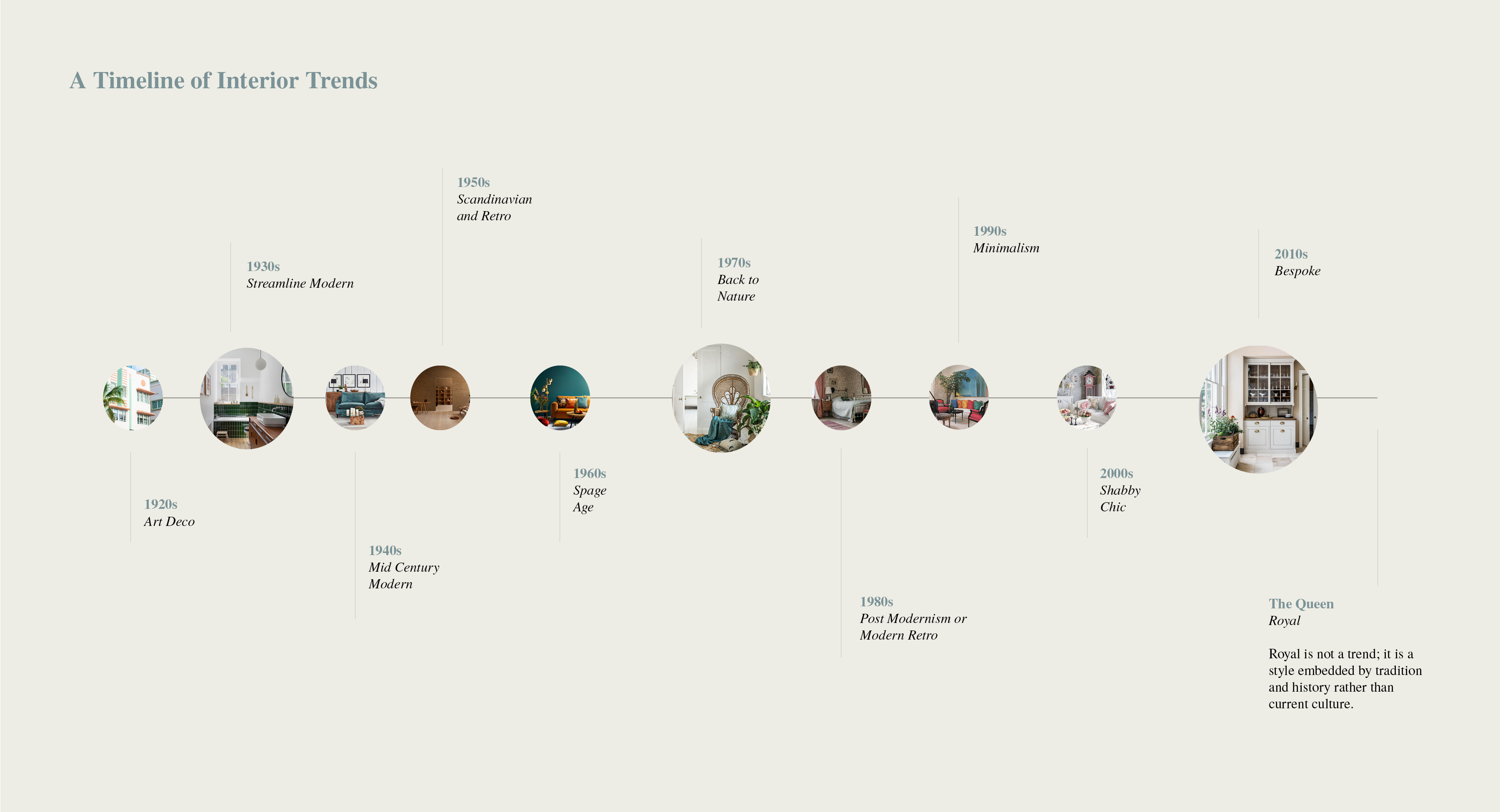One overarching interior (and exterior) design trend that dominated the 2010s was Bespoke. With so many global influences now at our fingertips and access to pretty much anything, home styles became very personal and unique. Digital platforms like Pinterest gave people a new source for design inspiration, and people could easily recreate whatever style they wanted. Environmentally minded people began avoiding mass consumerism and supported independent suppliers and online retailers like Etsy for handmade crafts to showcase their individualism and have more meaning behind their home décor.
Casual living was cool. A Hipster subculture had begun where people searched for authenticity and uniqueness yet, ironically, conformed to a collective style and ideology surrounding ethics and rebellion. People liked hanging out in coffee shops and gyms and became more concerned with their health and wellbeing. Many projected their lifestyles on social media with an influx of social media influencers marketing on platforms like Instagram to sell their way of living to others. Apps were also used for practically anything, from calling a taxi, to streaming music, tracking your food intake to online dating.
Industrial Revolutions 4.0
In 2011, Klaus Schwab, founder and executive chairman of the World Economic Forum announced that the fourth Industrial Revolution had begun. This was a world where individuals moved between digital domains and reality with the use of connected technology such as 4G, cloud computing, Internet of Things and Artificial Intelligence.
People were now spending hours on their smartphones, as well as other mobile devices like tablets, consumed by a new digital world and lifestyle. Shopping online (eCommerce) was booming, and the convenience of services or goods was becoming a key factor in whom we purchased from, as well as their green credentials.
Technological advancement was also impacting other sectors such as healthcare and automobiles with a surge in electric vehicles in a bid to be more sustainable. This decade also saw the next space race begin between entrepreneurs and billionaires, Elon Musk (Tesla), Jeff Bezos (Amazon) and Richard Branson (Virgin).
Climate change culture
Over the decade, global warming became increasingly noticeable with several devastating weather events. Huge hurricanes and tropical storms hit the American coastlines, major earthquakes struck numerous continents with consequential Tsunamis and new record temperatures dominated news headlines globally. Many scientists linked these events to the increase in CO2 concentration and rising sea levels. Protests, legislation, and sustainability programmes gained more media attention which was shared and followed by the masses on social media.
In 2012, London held the Summer Olympics for the third time in history. Britain saw this as an opportunity to pull the country out of its economic slump, create new jobs and show the rest of the world how great British culture is. The new Olympic Park in East London planned to build an eco-friendly event, incorporating 45 hectares of wildlife habitat, and providing 20% energy from renewable sources, however only 9% was achieved in the end. Nonetheless, the Olympic Games put Britain back on the map, we won 65 medals, were reunited as a nation, and celebrated all things that made the UK great.
Openness and equality
British culture throughout the decade was challenged over multiple topics surrounding diversity, equality, and openness. Social media platforms created modern-day activists and escalated campaigns using hashtags like #BlackLivesMatter and #MeToo to bring important cultural topics to the top of news feeds and media outlets. Social channels had unearthed powerful movements across the world to help eradicate racism and sexism, to the legalization of same-sex marriages and splitting the nation in two over Brexit. The decade ended with an outbreak of a virus in the Chinese city of Wuhan, propelling the world into a global pandemic for the following years to come.
The era of experience
In the twenty-tens, material objects needed to have meaning and purpose. The world was our oyster, but it was also our problem, and interior design trends were battling to find a new balance between several different worlds and viewpoints. This is a time when conformity wasn’t cool so, the Bespoke movement was a perfect compromise as it promoted all the things that we wanted it to. This style had the unique ability to provide everyone with an experience that they cared about.




